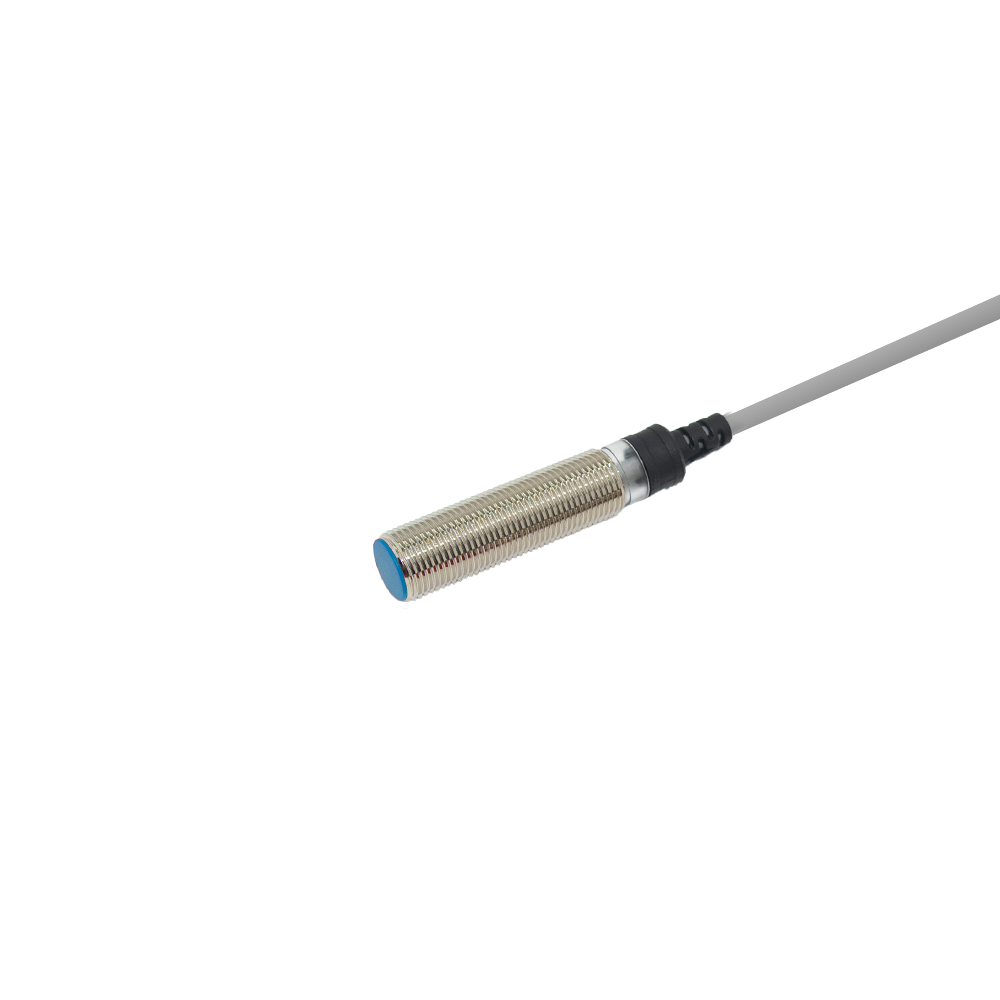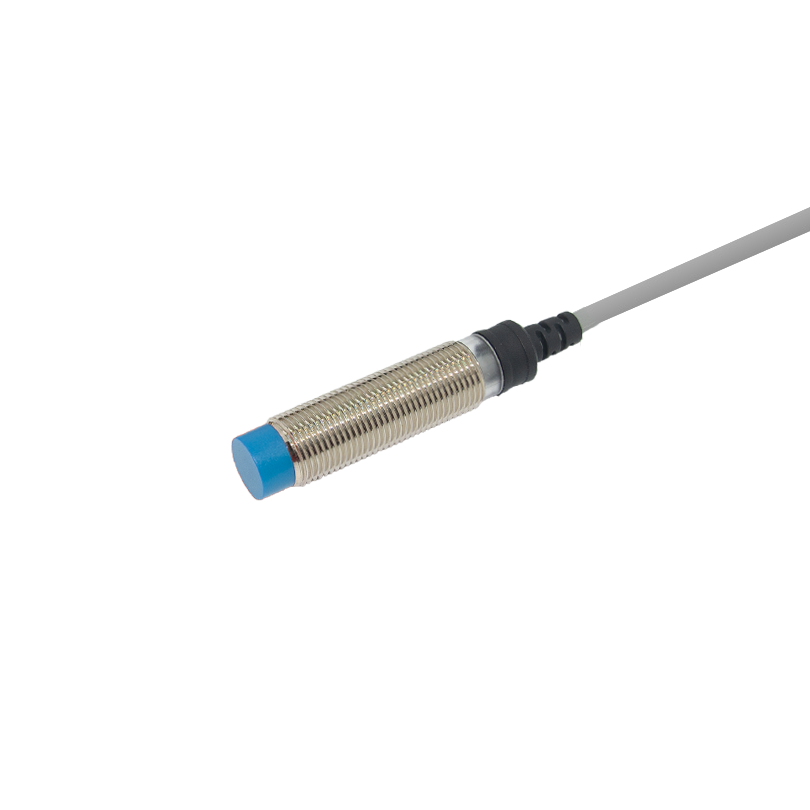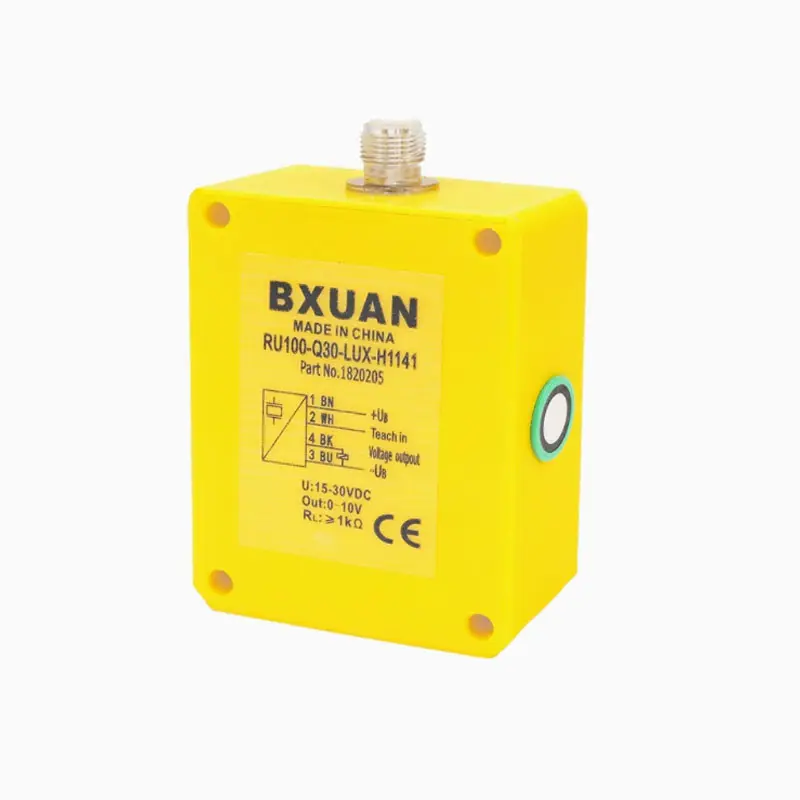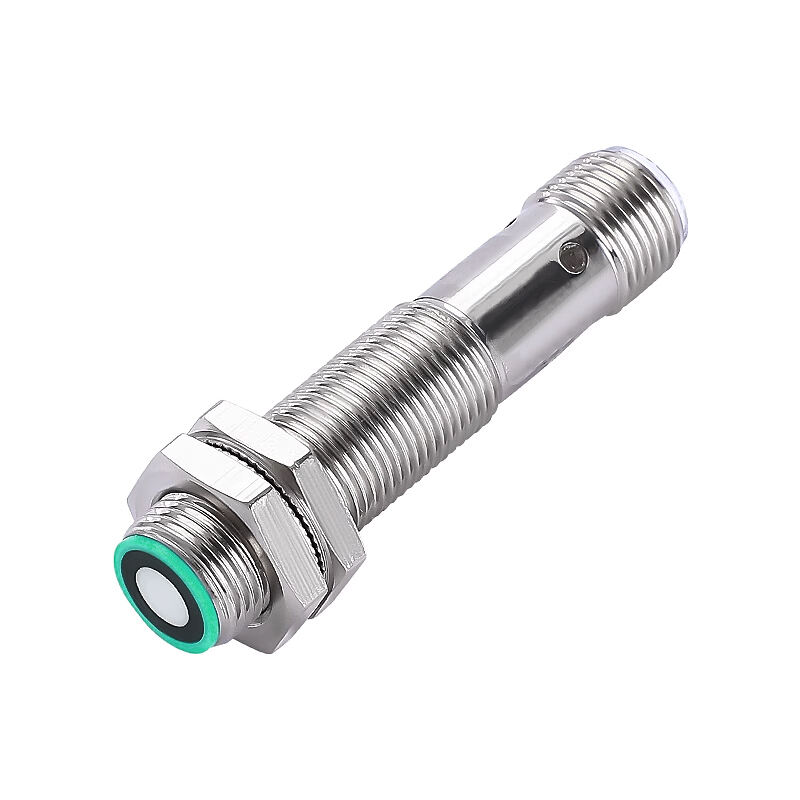фотосензор работи
Фотосензорот е софистицирано електронско устройство кое го детектира и реагира на светлината, претворајќи ја светлинската енергија во електрични сигнали. На своето јадро, работата на фотосензорот вклучува фотосензитивен материјал кој ја менува својата електрична проводливост кога е изложен на светлина. Оваа трансформација се случува преку фотоелектричниот ефект, каде што фотоните кои паднуваат на површината на сензорот предизвикуваат ослободување на електрони, со што се генерира електрична струја. Механизмот на работа обично вклучува три главни фази: детекција на светлина, конверзија на сигнал и генерирање на излез. Современите фотосензори користат разни технологии, вклучувајќи фотодиоди, фототранзистори и фототротори, секој оптимизиран за специфични примени. Осетливоста и временската реакција на овие уреди можат да се прилагодат за детекција на различни бранови должини и интензитети на светлината, што ги прави исклучително универзални. Во практични апликации, принципите на работата на фотосензорите овозможуваат автоматски контроли на осветлувањето, системи за автофокусирање на камери, индустриска автоматизација и безбедносни системи. Технологијата се развивала за да вклучи напредни карактеристики како компензација на температурата, интегрирана обработка на сигнали и дигитални опции за излез, зголемувајќи им така нивната сигурност и прецизност во разновидни работни услови.











